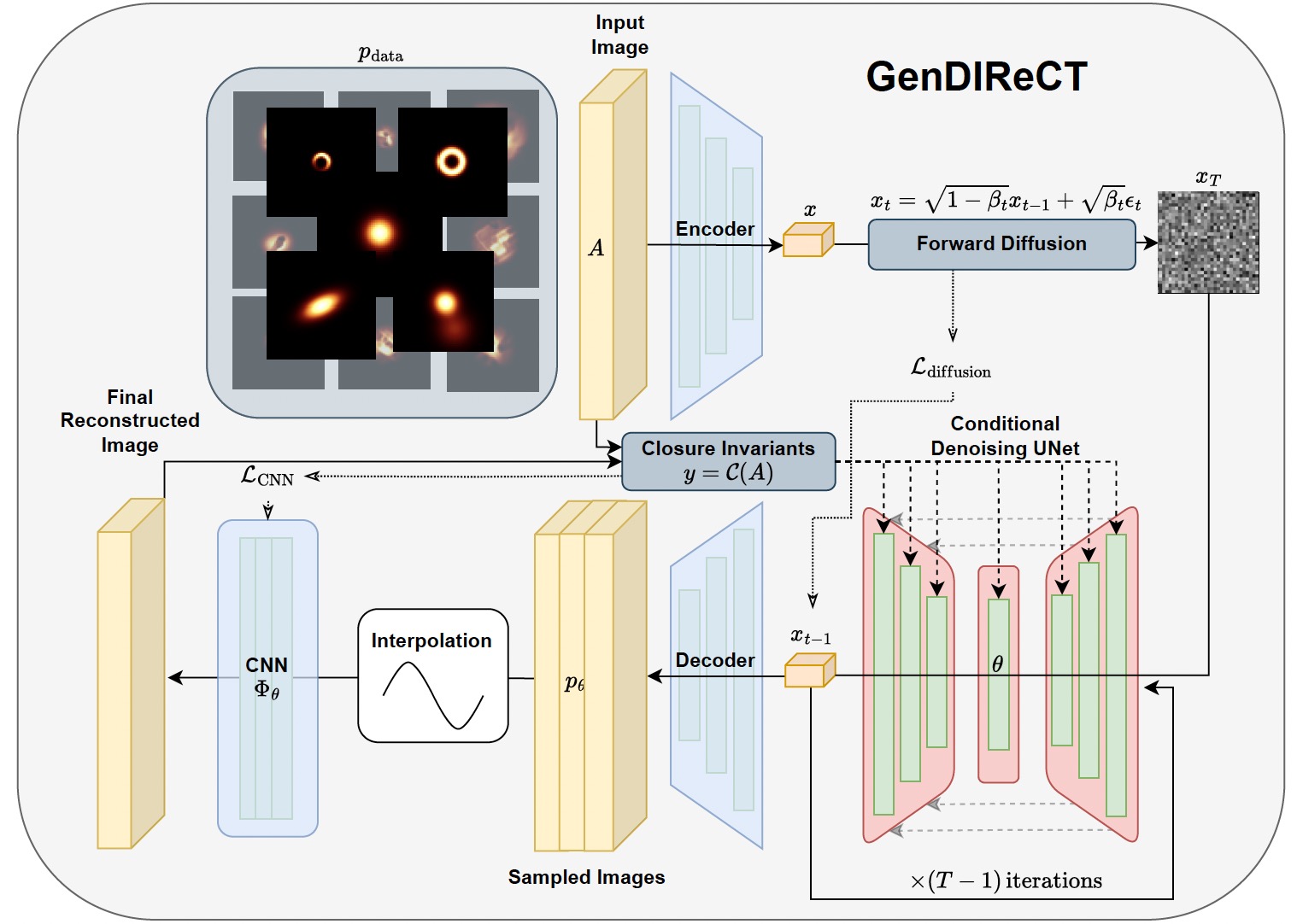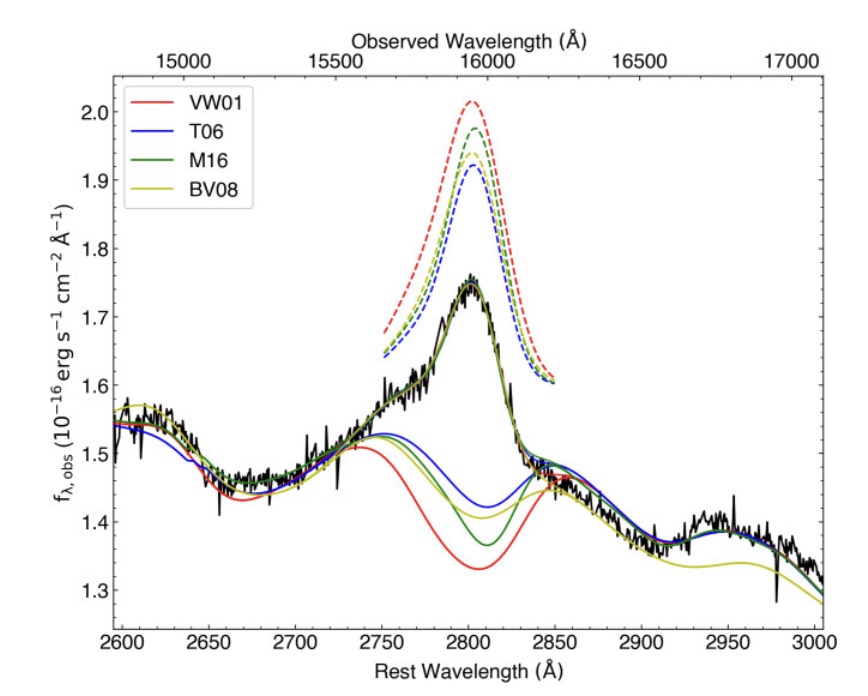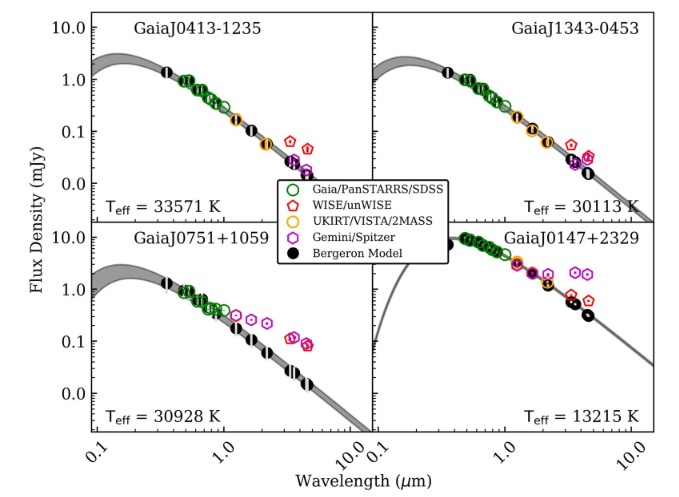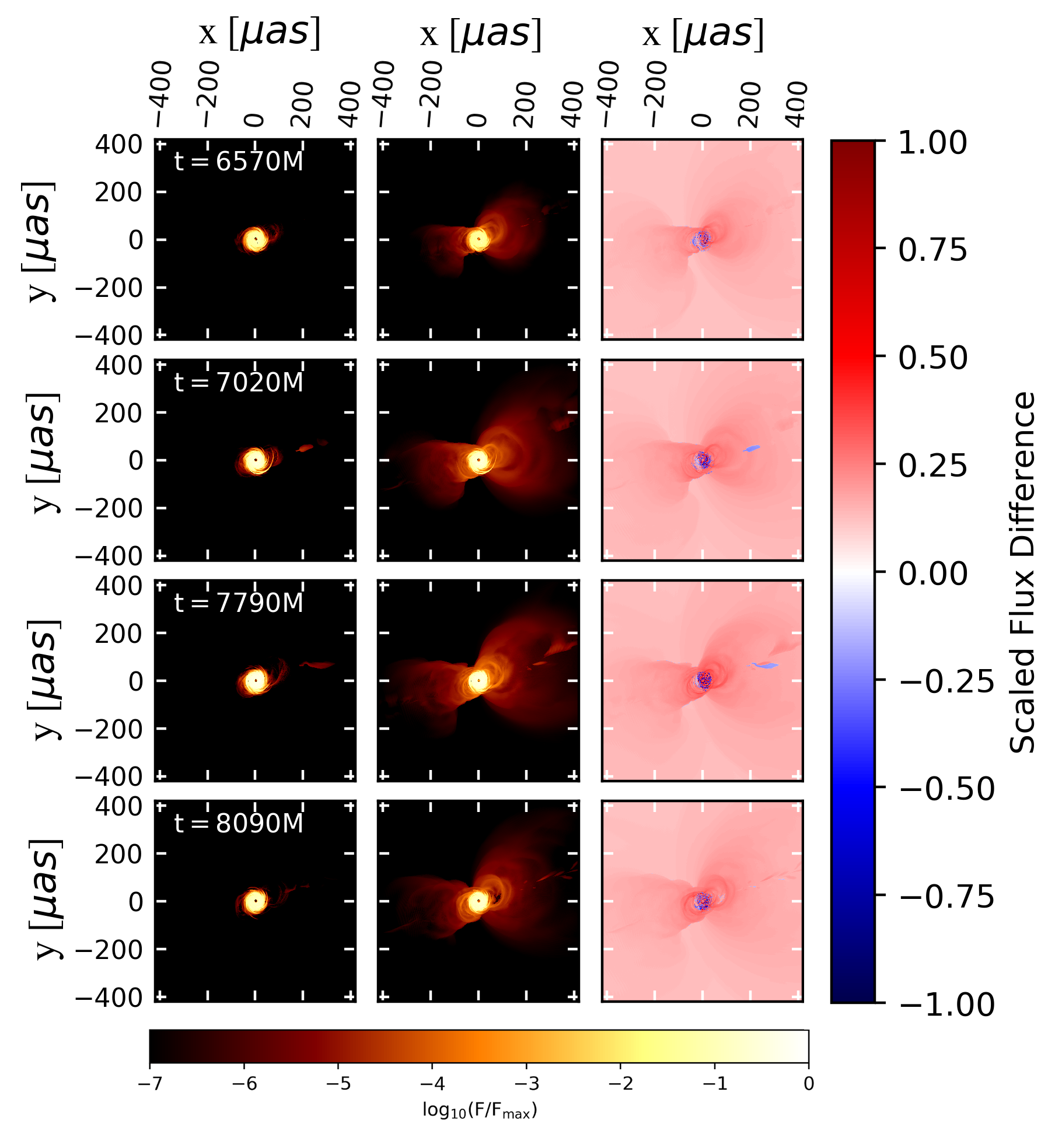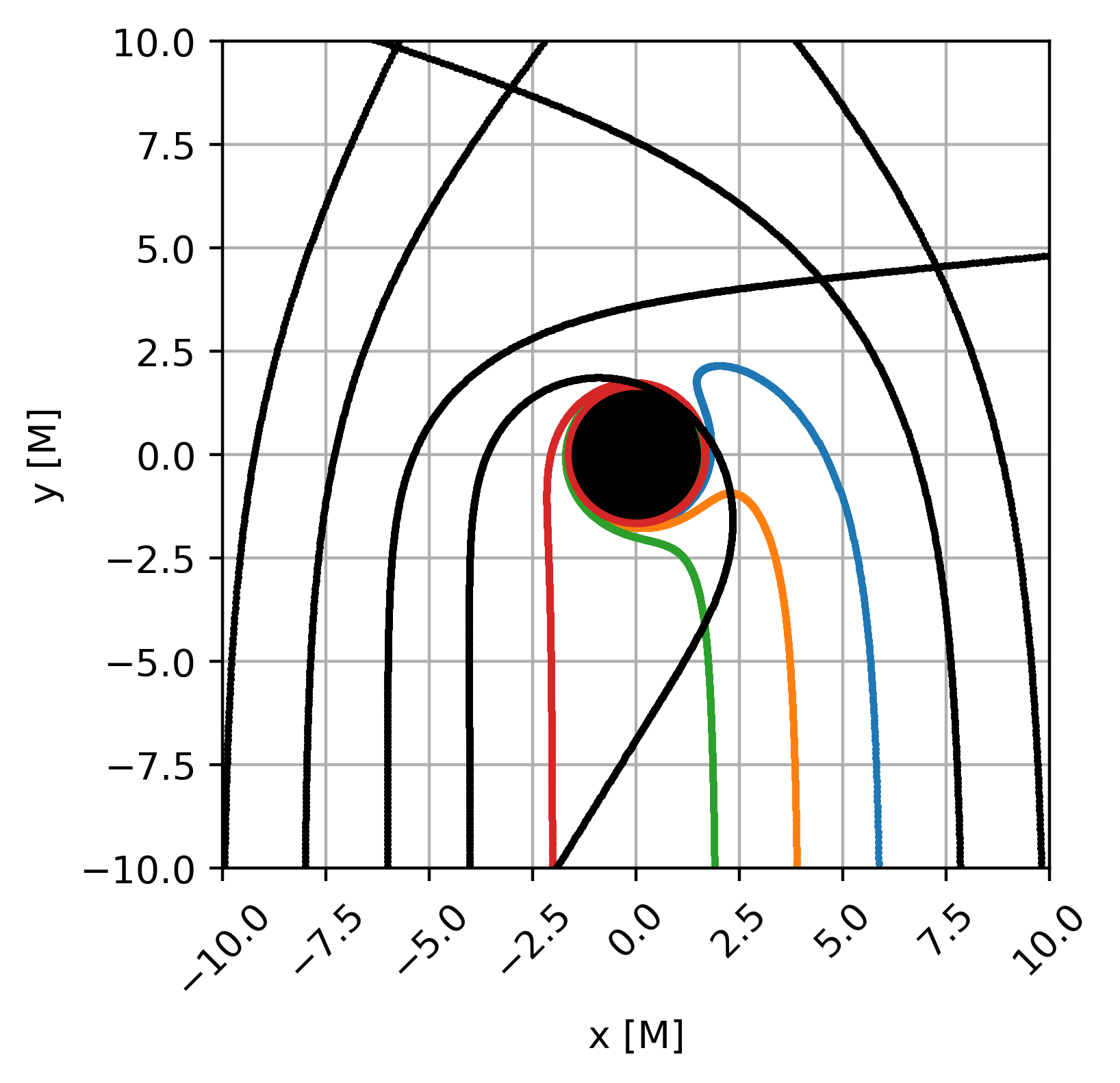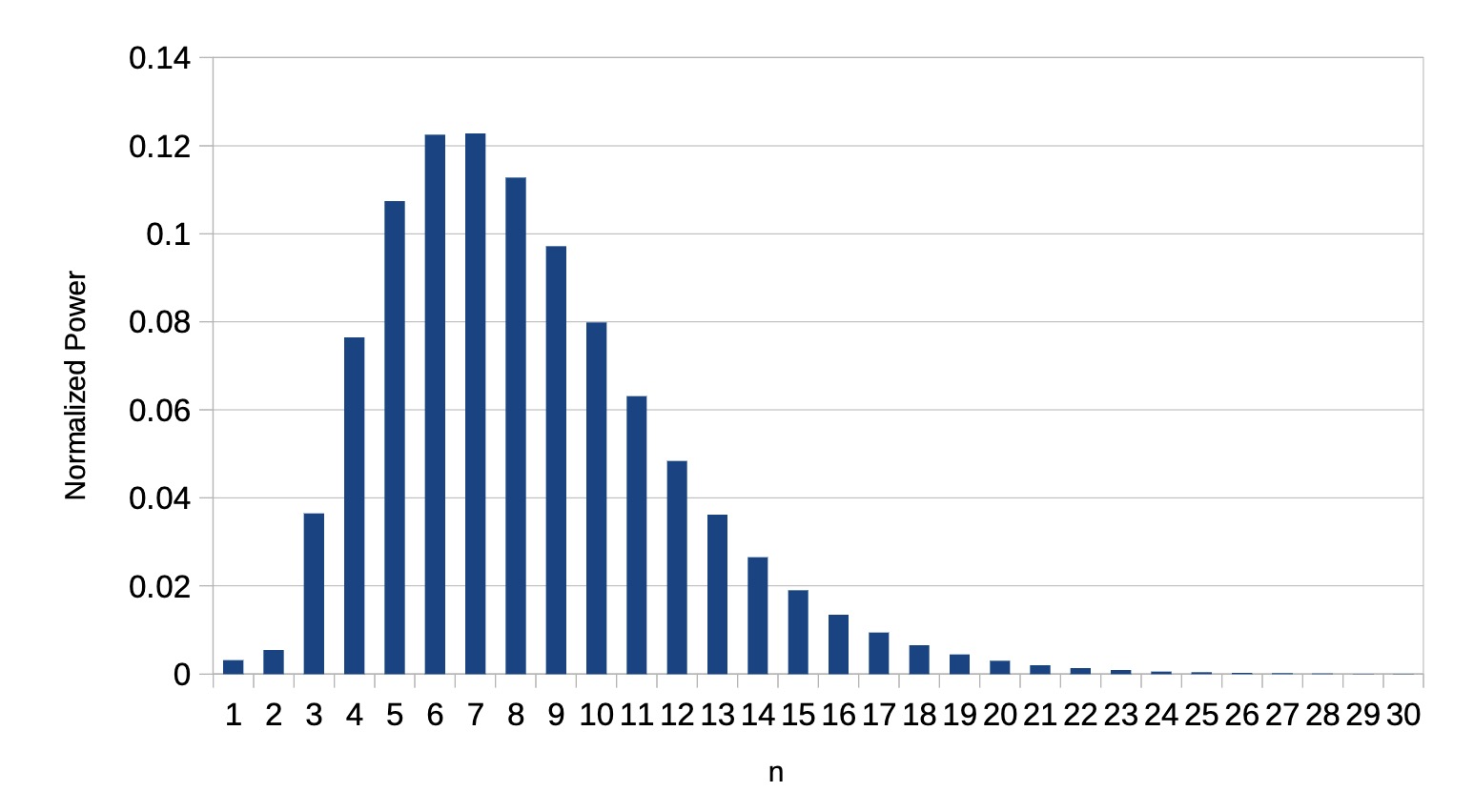My research focuses on understanding the observed spectroscopic properties of accretion onto compact objects and how they can be used to characterise the object as well as its environment.
Deep Learning VLBI Image Reconstruction
We utilise advanced deep learning techniques to tackle the inverse problem of image reconstruction/deconvolution from sparsely sampled apertures characteristic of very-long baseling interferometry. Our results show that closure invariants, special calibration-independent interferometric quantities, can be leveraged to perform accurate and efficient hyperparameter-free image reconstruction.
Characterising Black Hole Properties
We use established methods to characterise black holes in new data. We also compare established methods to the results from novel methods that we develop and are continuously testing. Through this research, we hope to better understand the unified model of active galactic nuclei and construct robust samples of well-characterised black holes to study their evolution and interaction with their host galaxies. We also focus on ultraluminous quasars at moderately high redshifts. Refer to PhD Thesis for details.
White Dwarfs with Infrared Excess
For this work, we study images of 300+ white dwarfs, where the images are obtained from Gemini Observatory North/South and Spitzer Space Telescope. By extracting photometry from the image data, we study white dwarfs with infrared excess indicative of an irradiated dust disc, which are formed by the tidal disruption of extrasolar planetesimals.
Emission from Black Hole Event Horizon
This work uses fully three-dimensional and self-consistent general relativistic magnetohydrodynamic simulation fluid models with general-relativistic radiative transfer to explore how the inclusion of non-thermal component to the synchrotron emissivity in the accretion sheath defined by the hydrodynamical Bernoulli parameter can result in observable large-scale jet emission in the synthetic image. Refer to MSc Thesis for more details.
General Relativistic Radiative Transfer - Black Hole Shadows
This work uses general relativistic radiative transfer inverse ray-tracing to investigate how the shape of the black hole shadow can reveal information about the black hole spin and observed orientation. See research essay for more details.
Gravitational Wave Orbital Decay
In this report, we numerically estimate the orbital decay of two bodies in a close binary system due to gravitational waves. This result is consistent with the observed decay rate of a binary pulsar system. We also study the effect further through Fourier decomposition and separating by orbital eccentricity. See report for more details.
